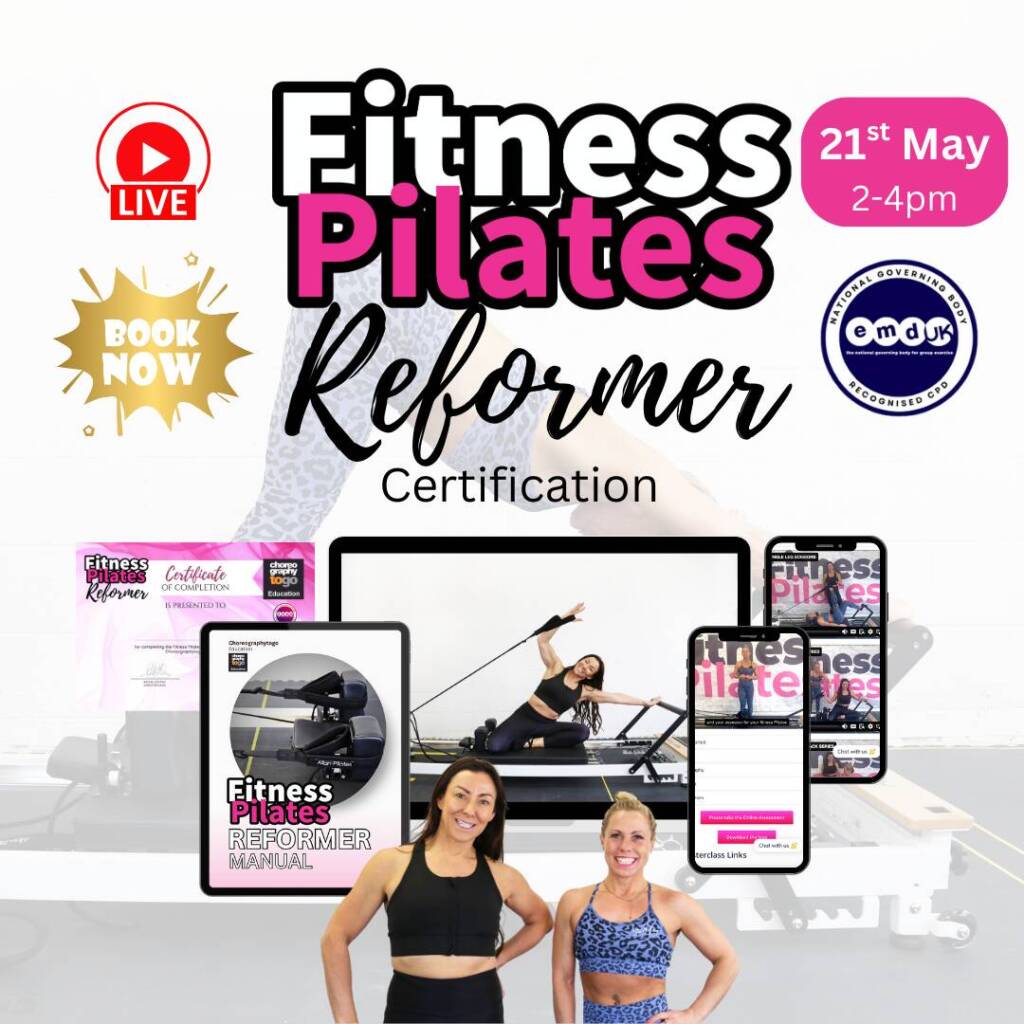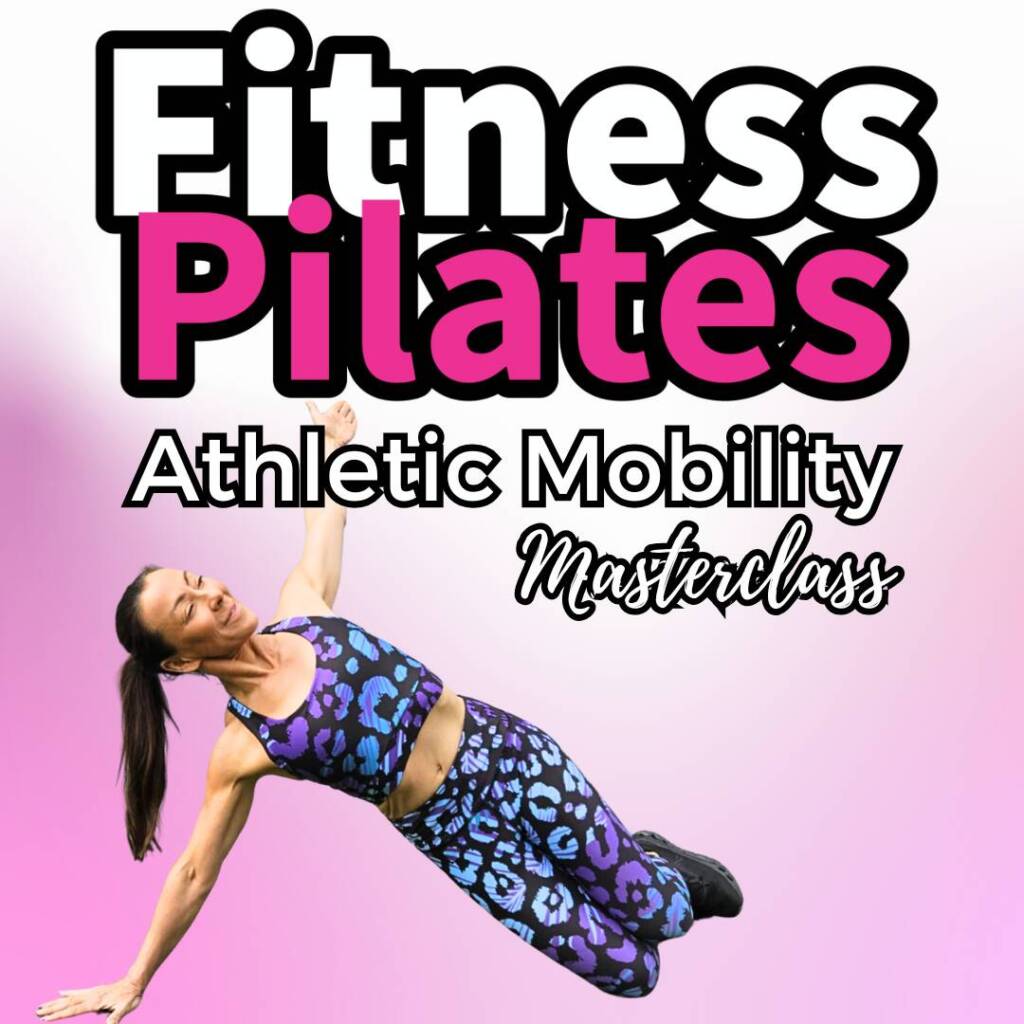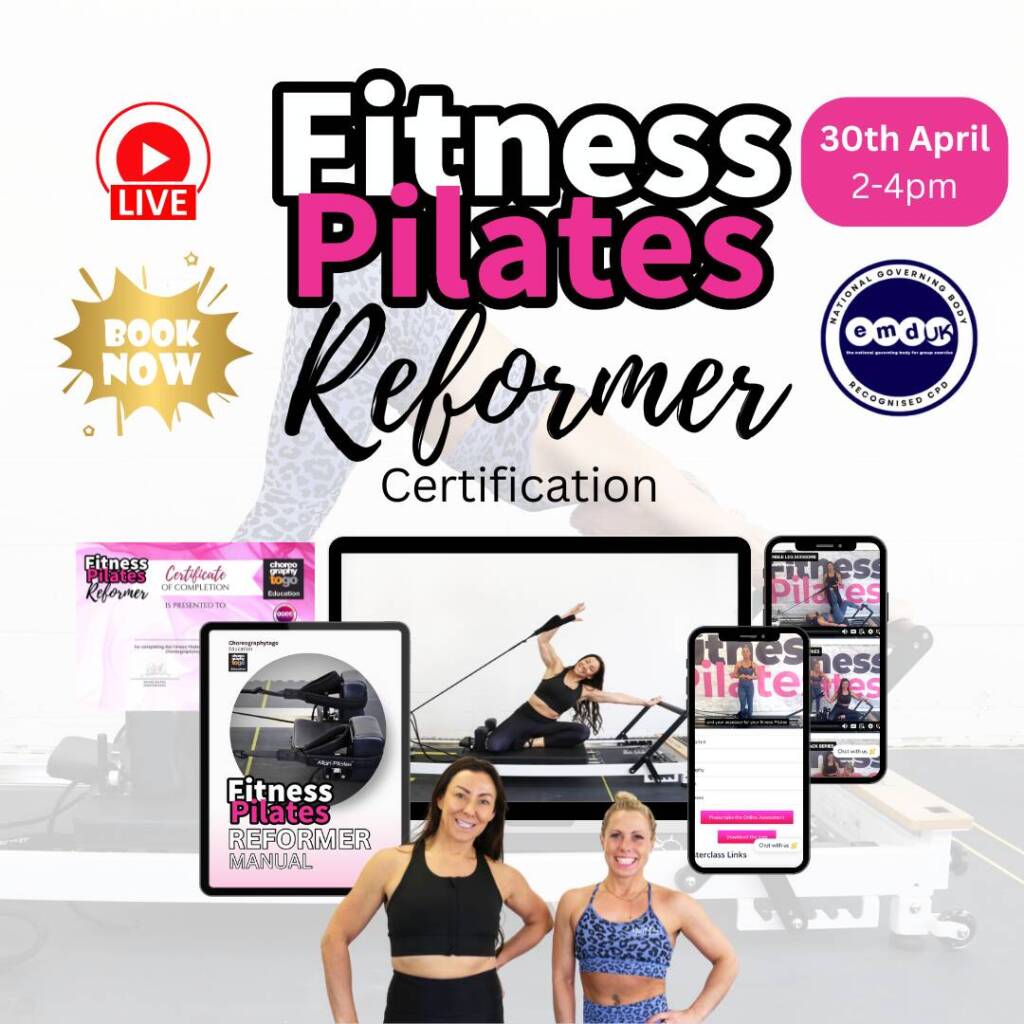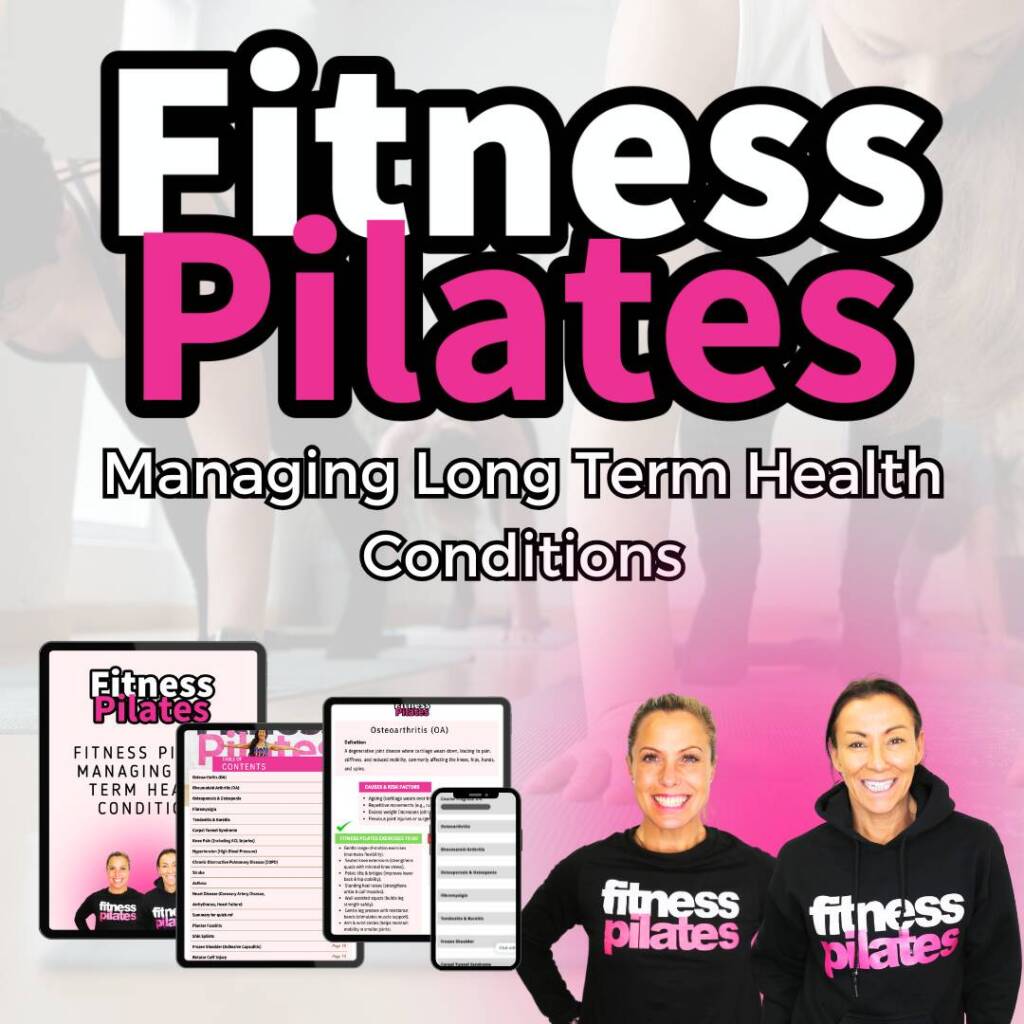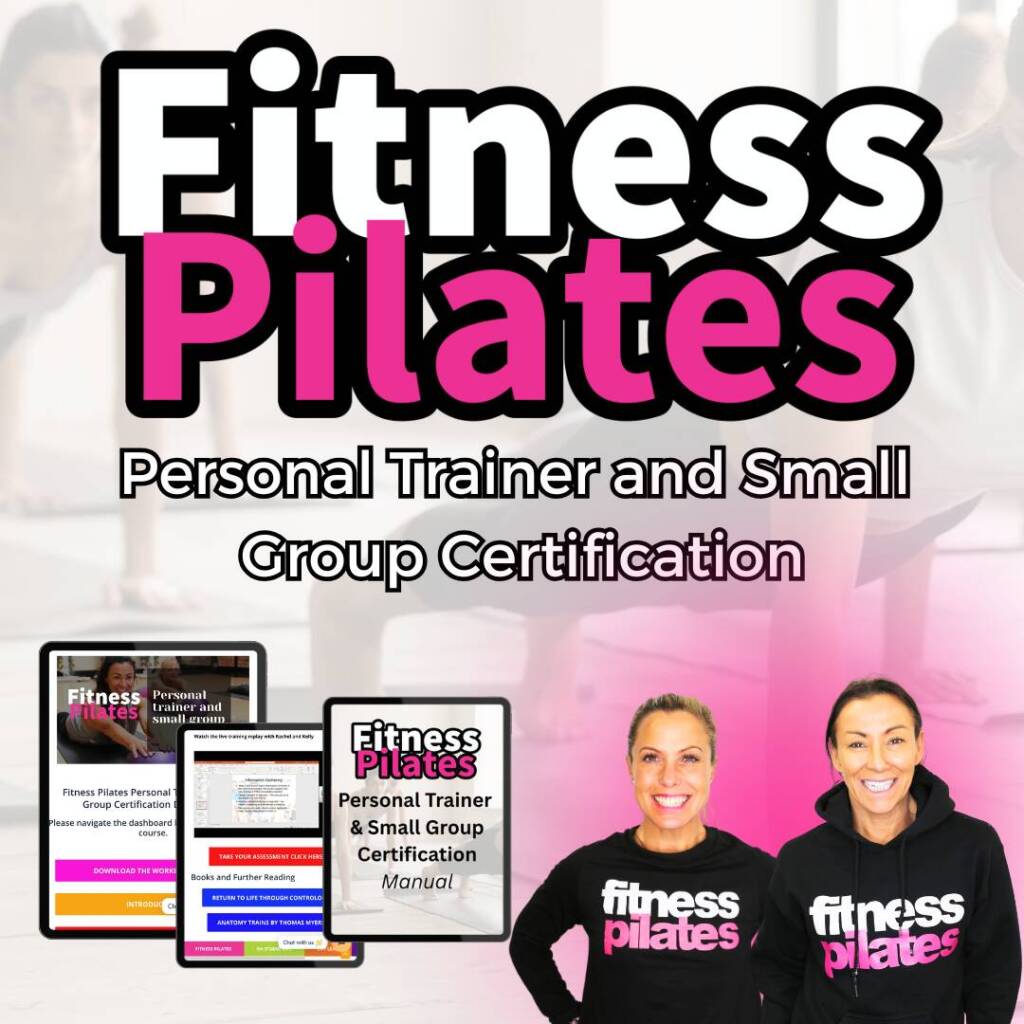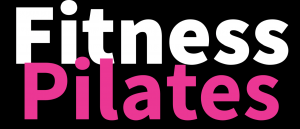
The Fitness Pilates Blog
Fitness Pilates Newsletter 17th February 2025
Good Morning
Welcome to our educational series on common health conditions you may encounter in a typical Fitness Pilates class.
Today, we’re focusing on sciatica – a condition that many clients may experience at some point in their lives. Understanding sciatica will help you better guide and support those dealing with this condition.
What is Sciatica?
Sciatica refers to pain that occurs when the sciatic nerve—the largest nerve in the body—becomes compressed or irritated. The sciatic nerve starts in the lower back (lumbar spine), runs through the hips and buttocks, and branches down each leg.
Symptoms of Sciatica:
• Sharp, shooting pain that radiates from the lower back through the buttocks and down the leg.
• Numbness, tingling, or weakness in the affected leg or foot.
• Worsening pain when sitting, coughing, or sneezing.
Sciatica is not a condition in itself but rather a symptom of an underlying issue affecting the sciatic nerve.
What Causes Sciatica?
Sciatica occurs when something compresses or irritates the sciatic nerve. Common causes include:
1 Herniated Disc:
◦ A herniated or “slipped” disc in the lumbar spine can press on the sciatic nerve. This is one of the most common causes of sciatica.
2 Spinal Stenosis:
◦ Narrowing of the spinal canal can pinch the sciatic nerve, often due to age-related changes.
3 Piriformis Syndrome:
◦ The piriformis muscle, located in the buttocks, can spasm or tighten and compress the sciatic nerve.
4 Spondylolisthesis:
◦ A condition where a vertebra slips out of place, potentially compressing the nerve.
5 Injury or Trauma:
◦ Falls, accidents, or other injuries that impact the lower back can lead to sciatic nerve irritation.
6 Pregnancy:
◦ The growing uterus and hormonal changes during pregnancy can put additional pressure on the sciatic nerve.
7 Degenerative Disc Disease:
◦ Age-related wear and tear on the spinal discs can lead to nerve compression.
8 Prolonged Sitting:
◦ A sedentary lifestyle or poor posture can contribute to lower back problems and sciatica.
Types of Sciatica
Understanding the different types of sciatica can help tailor exercises and advice for clients:
1 Acute Sciatica:
◦ Short-term pain lasting up to 4-8 weeks, often resolving with rest and gentle activity.
2 Chronic Sciatica:
◦ Persistent pain lasting beyond 8 weeks, requiring more structured intervention.
3 Alternating Sciatica:
◦ Pain that alternates between the legs, often due to instability in the lower back.
4 Bilateral Sciatica:
◦ Pain occurring in both legs simultaneously, often associated with more serious conditions like spinal stenosis.
Prevalence in the UK
Back pain, including sciatica, is a widespread issue in the UK.
• According to the Health Survey for England (2011), back pain accounts for 37% of chronic pain in men and 44% in women.
• Treating all forms of back pain costs the NHS over £1 billion annually, highlighting the need for effective prevention and management strategies.
Exercising with Sciatica
Exercise can be incredibly beneficial for managing sciatica, but it’s essential to follow some key principles to avoid aggravating the condition.
Dos:
1 Stay Active:
◦ Gentle movement is more effective for relieving pain than prolonged rest.
◦ Walking, swimming, or low-impact Pilates exercises can help.
2 Stretch and Strengthen:
◦ Focus on stretching tight muscles (like the piriformis or hamstrings) and strengthening the core and lower back to support the spine.
3 Improve Mobility:
◦ Exercises that promote spinal and hip mobility can reduce nerve compression.
4 Use Proper Technique:
◦ Ensure exercises are performed with correct form to prevent additional strain on the lower back.
Don’ts:
1 Avoid Prolonged Rest:
◦ Staying inactive for long periods can worsen stiffness and prolong recovery.
2 Refrain from High-Impact Activities:
◦ Running, jumping, or heavy lifting can exacerbate symptoms during a flare-up.
3 Don’t Ignore Pain:
◦ If an exercise increases pain or discomfort, stop immediately and seek professional advice.
FITNESS Pilates and Sciatica
Pilates can be a fantastic tool for managing and preventing sciatica when tailored appropriately:
•
Exercises to Avoid:
• Deep forward bends.
• Straight leg lifts or “scissors.”
• Any movement that causes pain or discomfort.
I hope you are enjoying 2025 education series in the newsletter and let me know if there
is a particular condition you would like me to cover….let me know.
HAPPY Monday
Rachel xxx
_______________________________________________________________
Join the Fitness Pilates VIP club here
———————-
Have you booked the Fitness Pilates SUMMIT? BOOK HERE
Fitness Pilates SUMMIT Nottingham
20th September
Early BIRD BOOKING available
Venue: The David Ross Sports, Village Nottingham UNIVERSITY
8 – 5pm
A day of amazing practical and theory workshops.
• Fitness Pilates Biomechanics
• Prehab/Rehab/Corrective
• Fascia, Form, Function, Mobility & Stretch
• Sound
• Performance based Pilates
• Women’s Health / Female Core Connection / Pelvic Floor
Nottingham University is extremely accessible from all over the UK and the WORLD
Check out the facilities at the David Ross Sports Village
If you are travelling there are many hotels local to David Ross
If you are a Fitness Pilates Teacher and want to update your CPD This event will award you with your Updated Fitness Pilates CPD plus networking, goody bags
Share this post:
Latest Fitness Pilates Courses & Classes

Advanced Fitness Pilates for Back Care
£165.00 Original price was: £165.00.£99.00Current price is: £99.00.


The latest Fitness Pilates blogs & news
Join the Fitness Pilates newsletter
A short description introducing your business and the services to visitors.





